Vanessa Nakate was 21 when deadly floods inundated vast swaths of East Africa in 2018. She didn’t consider herself a climate activist at the time, but soon after that disaster she and her younger siblings and cousins decorated placards and started climate protests in her home city of Kampala, the capital of Uganda.
As intensifying storms, devastating wildfires, and unrelenting drought wreaked havoc in Africa and around the world, Nakate publicly called out governments for not doing enough to make the Earth habitable for future generations. She says the youth understands the urgency of divorcing from fossil fuels much better than older generations.
“I want to see leaders, governments, and corporations rise up for the people,” Nakate told CNN. “And that means putting an end to fossil fuel projects. Like I always say: we cannot eat coal, we cannot drink oil, and we cannot breathe so-called natural gas.”
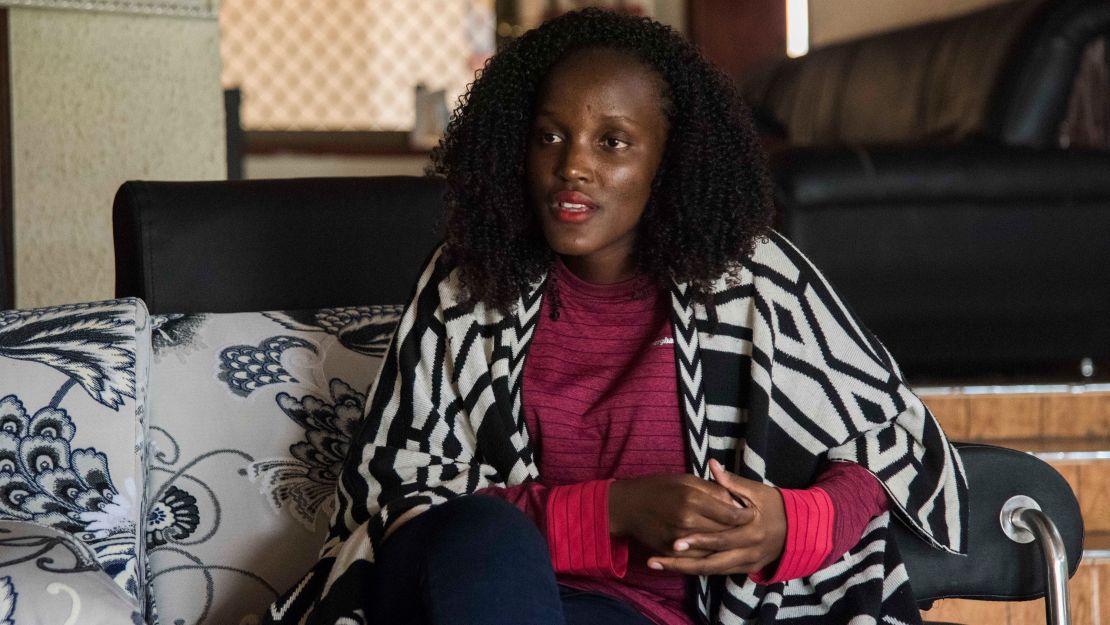
Nakate’s generation is coming of age in a world that is warming far faster than scientists had predicted, and they see with clear eyes the climate catastrophe that looms.
They are challenging the structures of power that they are squeezed out of, elbowing their way into conversations in order to have a say in their own futures. They are funneling their anxious energy into climate rallies and protests, skipping school to sit outside Parliament buildings and UN headquarters for long hours, and calling out governments at public forums, like the COP26 climate summit, for the continued use of fossil fuels.
They have long felt ignored by the older generation of leaders. Young activists who spoke with CNN said they didn’t think it would take this long for countries to commit to solving the climate crisis.
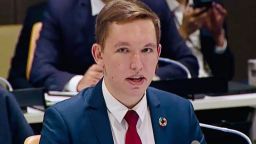
Vladislav Kaim, a 26-year-old Moldovan activist, started advocating for climate action in 2014, and in 2020 he joined the UN Secretary-General’s Youth Advisory Group on Climate Change. He now wears the suit and walks the walk among powerful decision-makers and policy influencers on the international stage, though he still feels that the youth needs to be recognized as an equal partner.
“If we do not implement this principle of co-equality of expertise with the youth, I’m afraid there will be no meaningful intergenerational dialogue and significant change in how the structures of power in the space operate,” Kaim told CNN.
“Finding those inroads in working with structures of power and also challenging them at the same time is a tightrope walk,” he added. “When I am interacting in those corridors of power, I am particularly pushing on the pinpoints that are important to my region, while also finding allies from other regions — vulnerable communities — who share the same cause.”
Despite feeling like they are on the sidelines, young people are finding those inroads. They have been suing governments, filing complaints to the UN, pushing for climate education, hunger striking, installing green infrastructure, testifying in front of governing bodies and even winning elections — all in the name of the climate crisis.
“If young activists alone are able to transform communities, it shows that governments are actually able to transform their countries or the world,” Nakate, now 24, said. “But what they lack is political will to do so.”
Nakate, who is Black, was thrust onto the global stage in January 2020 when the Associated Press cropped her out of a photo she posed for alongside Greta Thunberg and other young White activists at the World Economic Forum in Davos.
Sally Buzbee, the AP’s executive editor at the time, later apologized for the error. “We regret publishing a photo this morning that cropped out Ugandan climate activist Vanessa Nakate, the only person of color in the photo,” Buzbee said. “As a news organization, we care deeply about accurately representing the world that we cover.”
But it sparked a larger conversation about inequities within the climate movement and the role that young people of color are playing.
“You didn’t just erase a photo,” Nakate tweeted in response. “You erased a continent.”
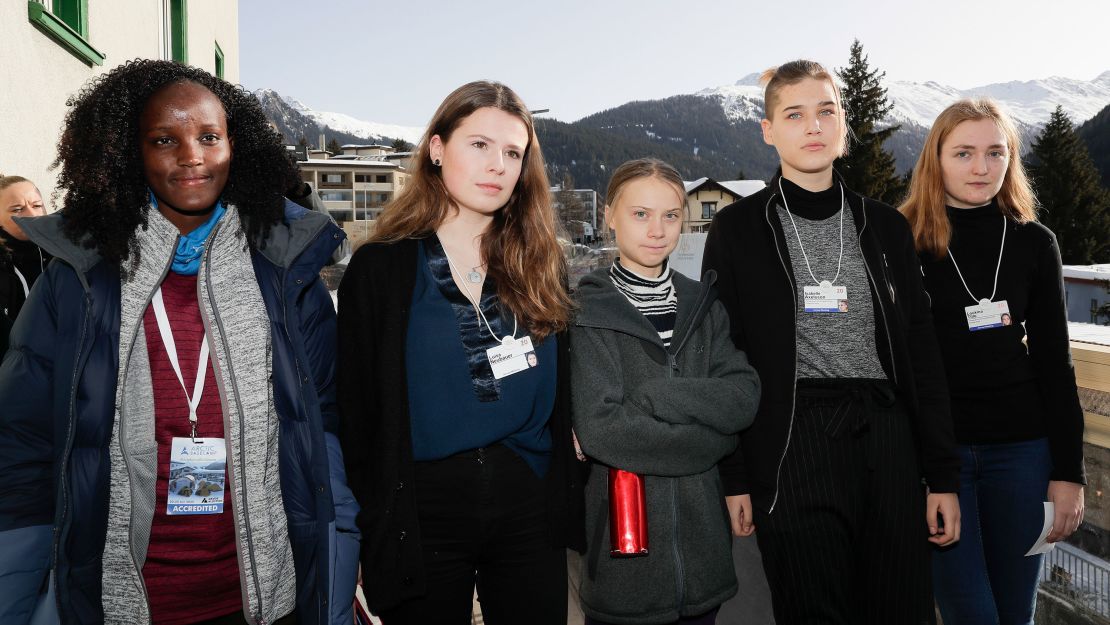
The moment was a turning point for her activism, but Nakate has been doing work in her home country that shows she’s more than the activist that was cropped out of a photo. Her book “The Bigger Picture” describes her involvement in protests in Uganda, her networking with youth activists around the world, and installing solar panels and energy-efficient cooking stoves for schools in Uganda’s rural communities.
She says she realized that if government leaders aren’t going to take concrete steps to justly transition away from fossil fuels and stop rampant deforestation, she needed to take a more holistic approach to address the multiple layers of crises in Uganda has been facing: unsafe learning conditions, energy poverty and gender inequity.
“If young people are able to undertake these projects and make them happen and transform people’s lives, then what about these governments that have all the resources, all the monies and all the infrastructure or the connections they need to make these things happen?” Nakate said.
That’s what Aji Piper, now 21, says he has been asking since he was 12.
In 2015, Piper and 20 other youth climate activists sued the US government in Juliana v. United States, in which plaintiffs argued that the government’s role in causing and perpetuating the climate crisis violates young people’s constitutional rights to life, liberty, and property. They recently asked a federal judge in Oregon to hear an amended version of the complaint after the 9th US Circuit Court of Appeals dismissed the case in 2020.
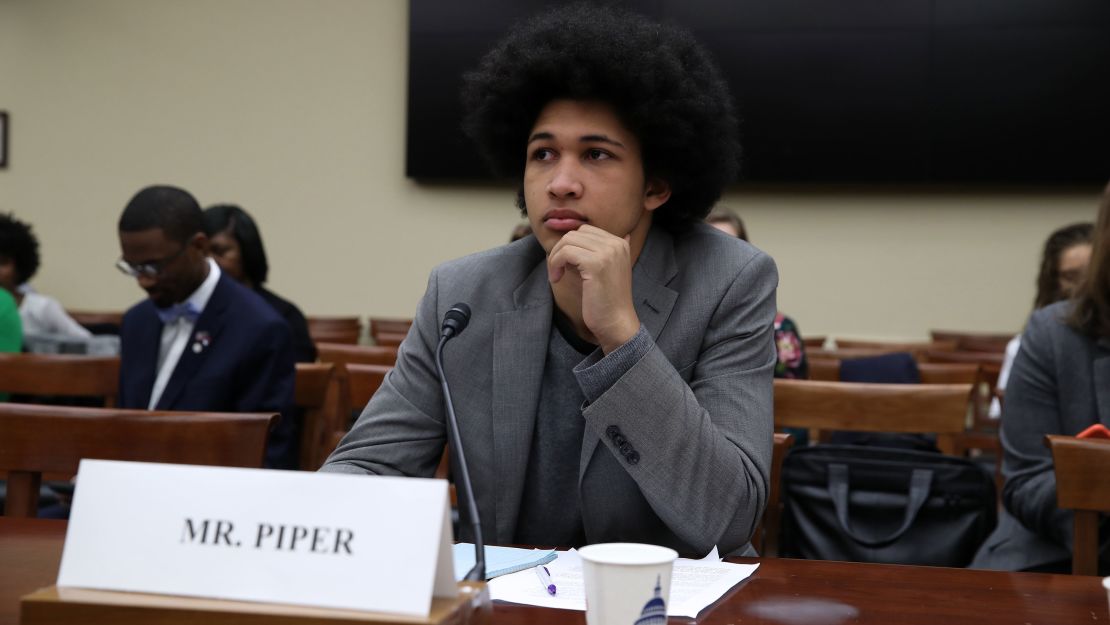
Piper said the lawsuit has been stressful for him. Convincing adults in power, he said, was always the most challenging aspect.
“They really underestimate your intelligence,” Piper told CNN. “I cannot describe how many times the response I got from people was like, ‘Oh, you poor kid working on the agenda of the adults around you.’”
“That was the hardest thing to get over, that adults really would just see me as a kid — speaking grown-up words for them — instead of a youth concerned for my future, understanding the problem and trying to convince them to see my point of view,” he added.
The lawsuit inspired other youth-led legal efforts on climate around the world. In 2019, 15 young activists, including Thunberg, filed a complaint to the UN that inaction on climate change is a violation of children’s rights. In October, the UN Committee on the Rights of the Child said it couldn’t immediately rule on the case.
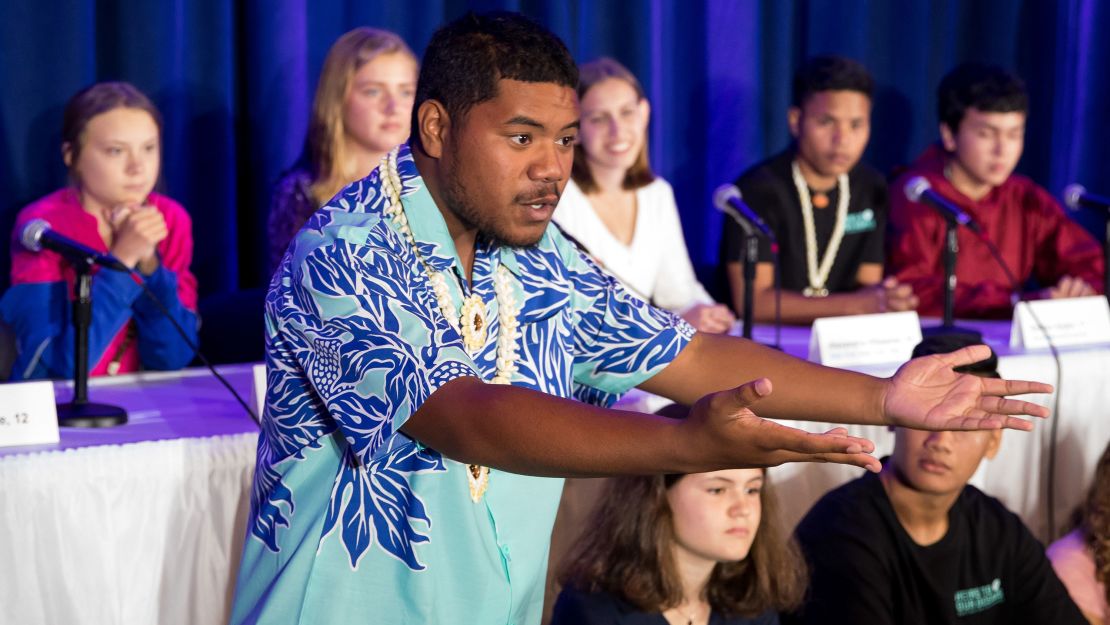
Litokne Kabua, a 18-year-old climate activist from the Republic of Marshall Islands, was among the 15 who filed the UN complaint.
His islands are plagued by the legacy of military contamination and environmental injustice. In 2019, researchers found the Marshall Islands were more radioactive than Chernobyl and Fukushima. Islanders there have faced the health impacts of nuclear waste — corralled into a 3.1 million cubic foot dome, now threatened by rising seas.
Yet the Marshall Islands continue to pay a steep cost for other countries’ failure to ditch fossil fuels.
“I believe that we younger people understand that we will face challenges that are far more serious than the one we see now,” Kabua told CNN, “yet some of the older generation still seem to disapprove this kind of statement.”
Mitzi Jonelle Tan, climate justice organizer with Youth Advocates for Climate Action Philippines, has a front-row seat to the climate crisis. She grew up watching severe storms, floods and landslides pummel her home country, particularly low-income communities along the coast. In 2013, Typhoon Haiyan battered the Philippines and killed more than 6,000 people.
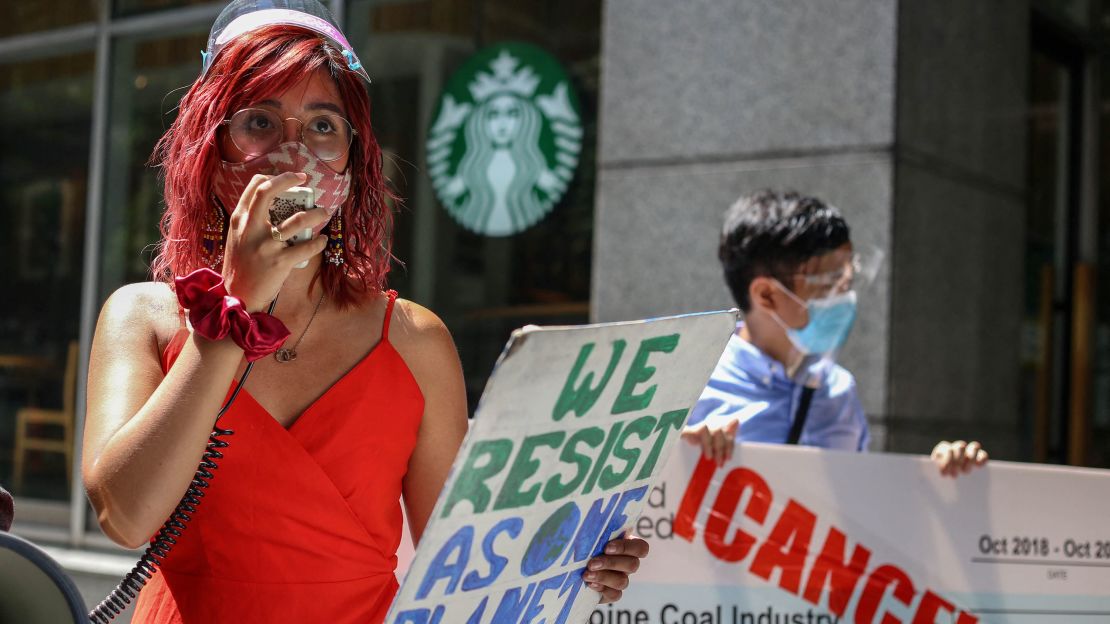
“Our anxiety, especially for people in the Global South, stems from climate trauma,” Tan told CNN. “We know that our countries will be the ones most impacted and are already most impacted and we already know how it looks. We already know the fear that it brings us, and we know it will get worse if business-as-usual continues.”
In developing countries like the Philippines and Uganda, environmental injustice adds another layer to the challenge of halting the climate crisis. As climate change stretches natural resources thin, reports have found that the Philippines as well as countries in Africa and South America are among the deadliest countries for people who try to defend their environment.
The fight to stop fossil fuel pollution is personal for Tan, who struggles with lung disease. But due to the lack of education about climate change in the Philippines, people are mostly unaware of how climate is linked to other issues such as public health. To address this gap, Tan and fellow activists at YACAP have delivered climate lesson plans to vulnerable communities and are in talks with the Department of Education to institutionalize climate learning in the curriculum.
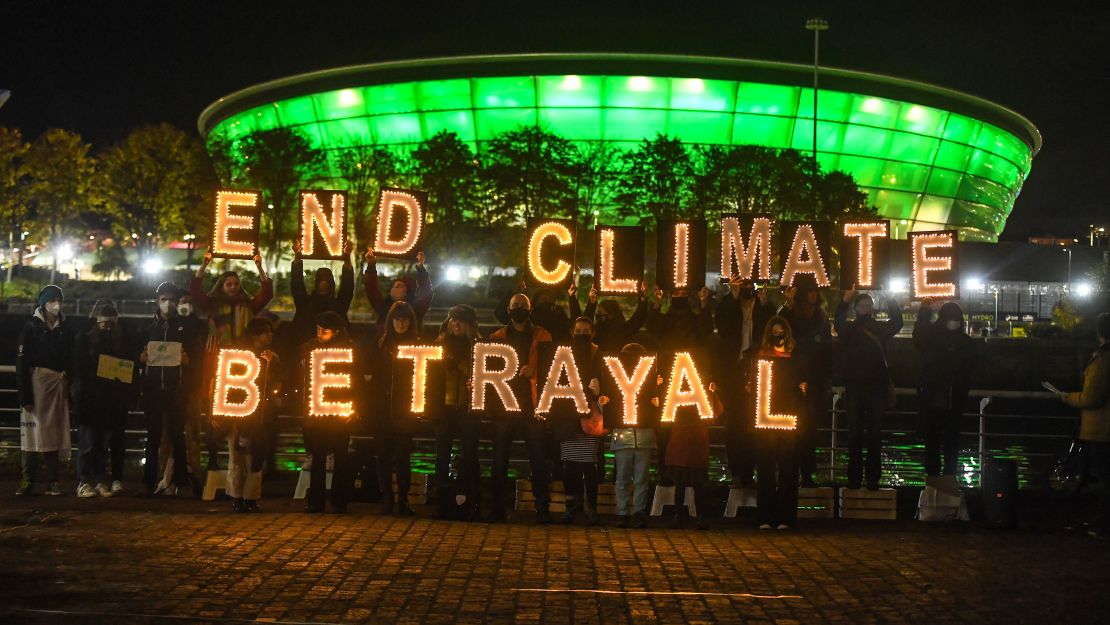
“There is definitely a knowledge gap, because even just looking at the climate science available, it’s all in English,” Tan told CNN. “That language barrier is a huge thing. It’s these small things that we think are not that important but it’s actually really important, to have language that people understand about the climate crisis, so that people are empowered with knowledge so that it can turn into action.”
As the climate crisis intensifies, so does the youth movement. As COP26 began this week in Glasgow, Nakate and Tan released an open letter that urgently called on world leaders to “face up to the climate emergency.”
The letter, which includes a five-point plan, has since been signed by more than 1.5 million people around the world — another example of the youth leading the way.
“Climate change is more than just weather, it’s more than a statistic, it is about the people — and people are being impacted right now,” Nakate said. “Youth activists know we can transform this world. It’s time to look at climate change beyond what you have been seeing, it’s time to look at the bigger picture.”

